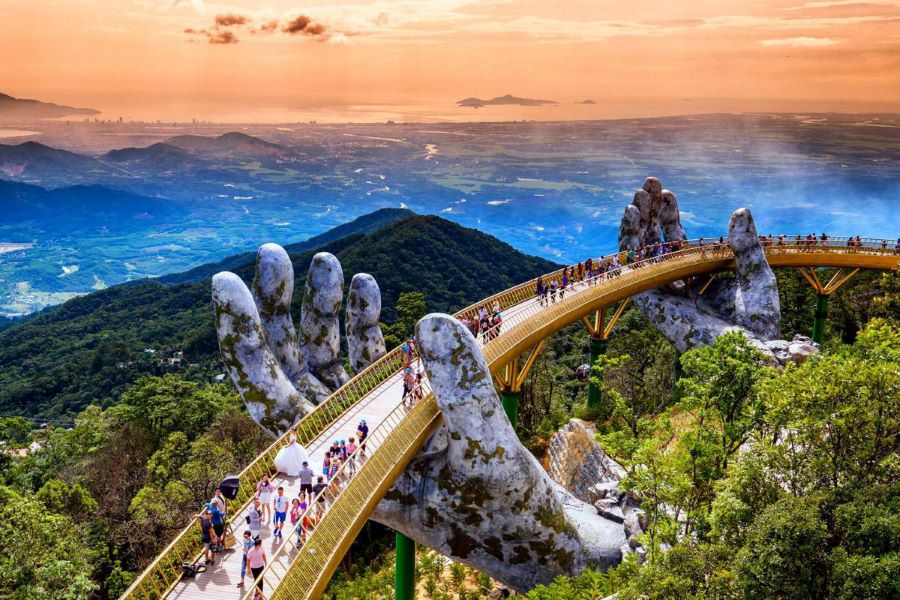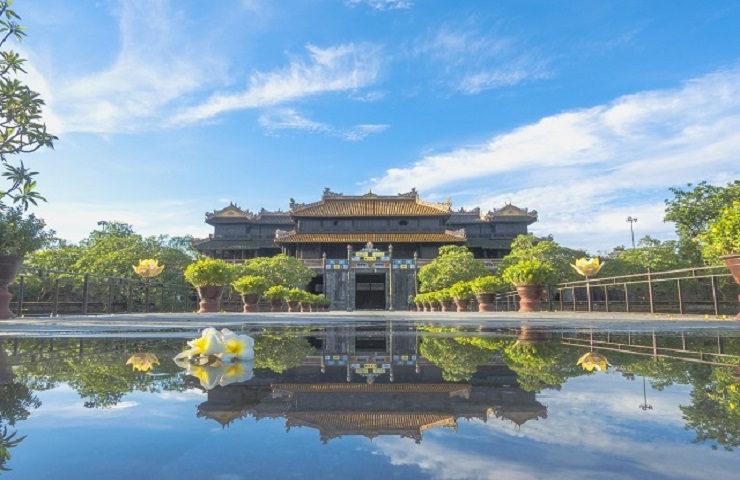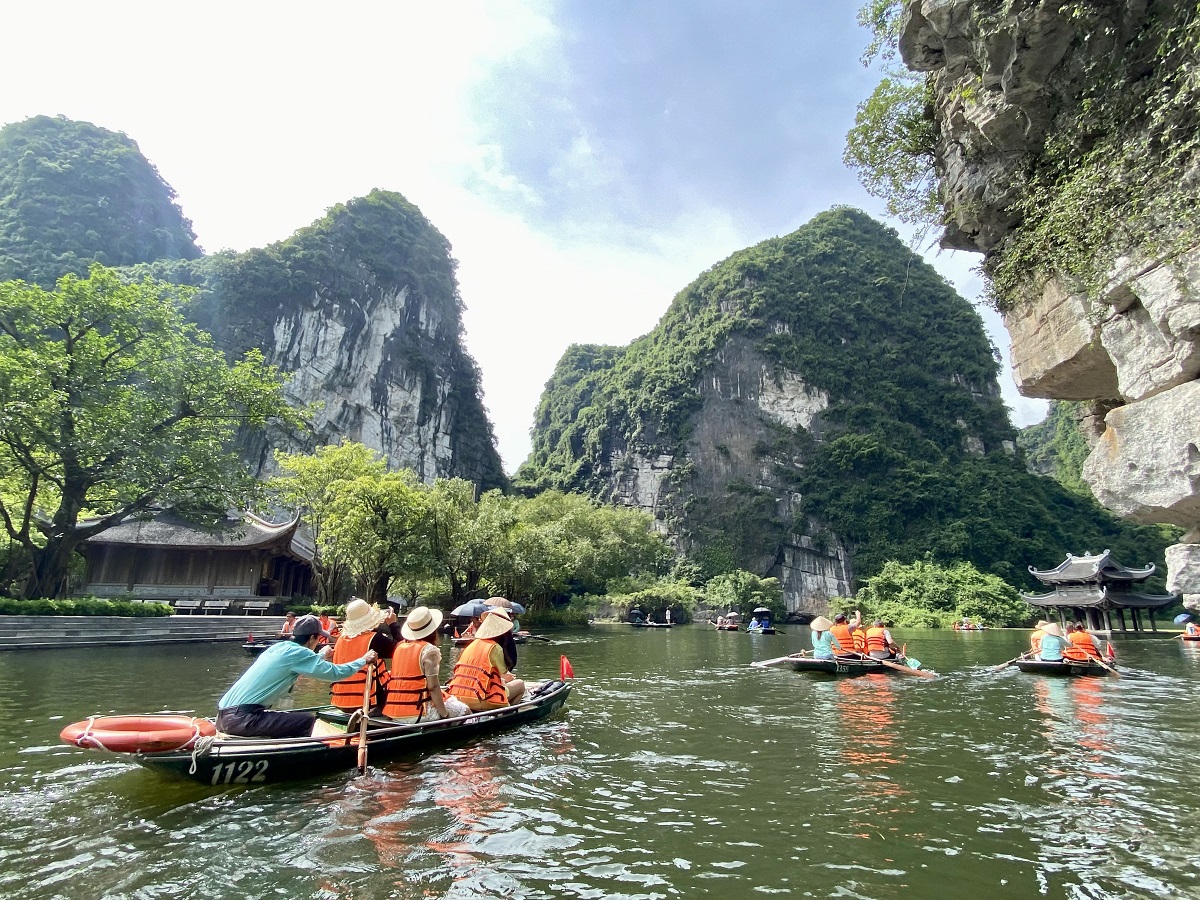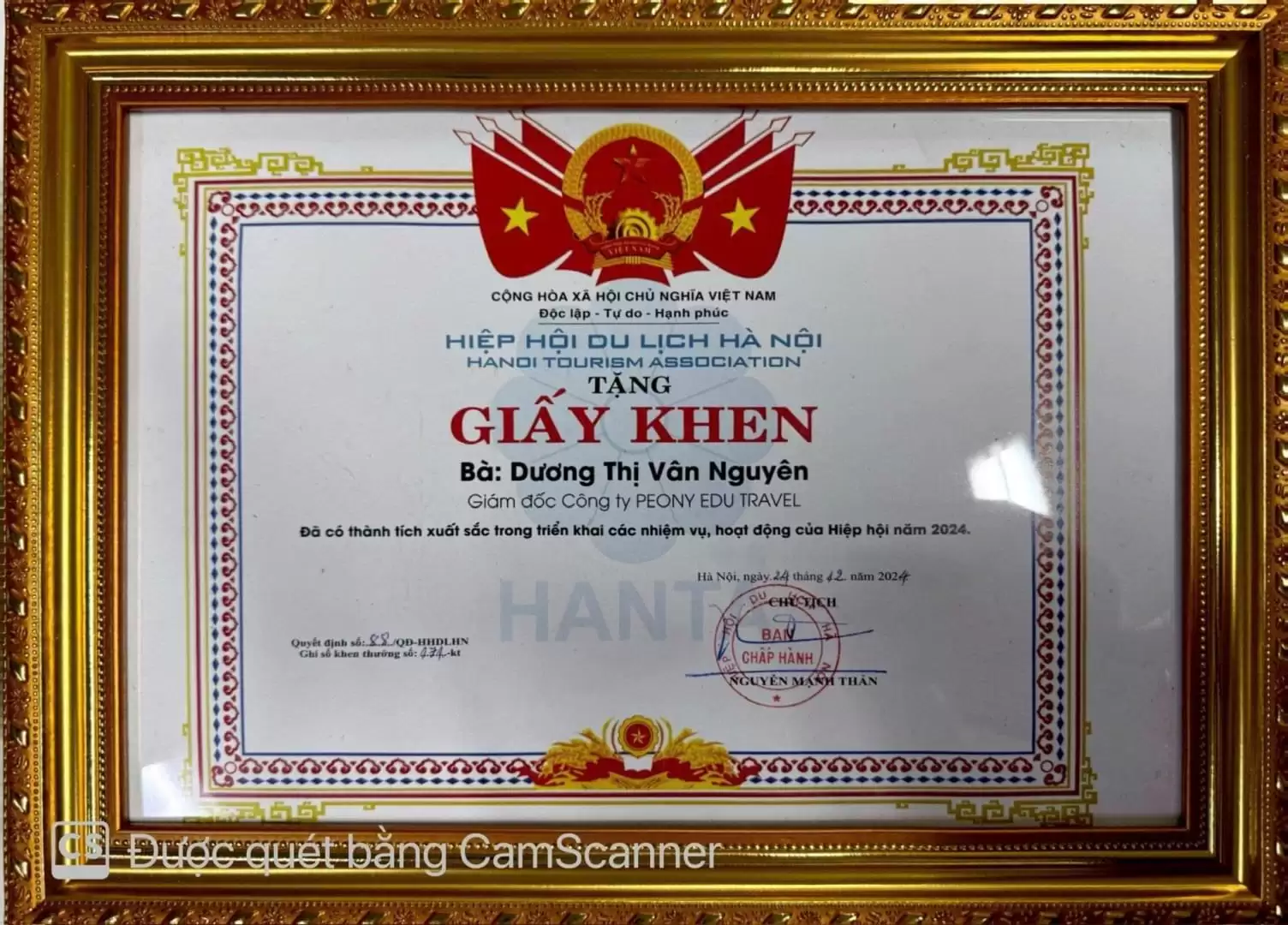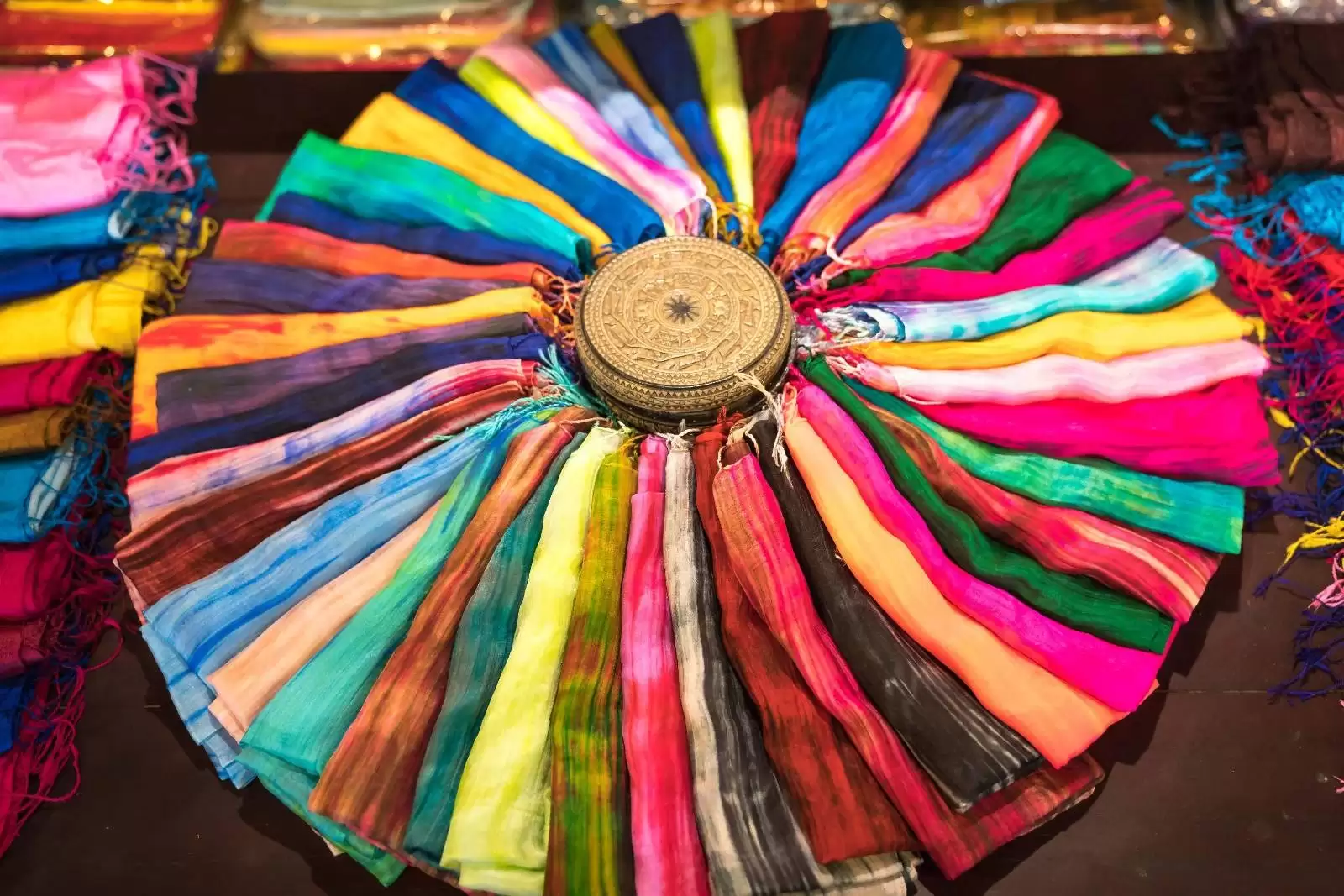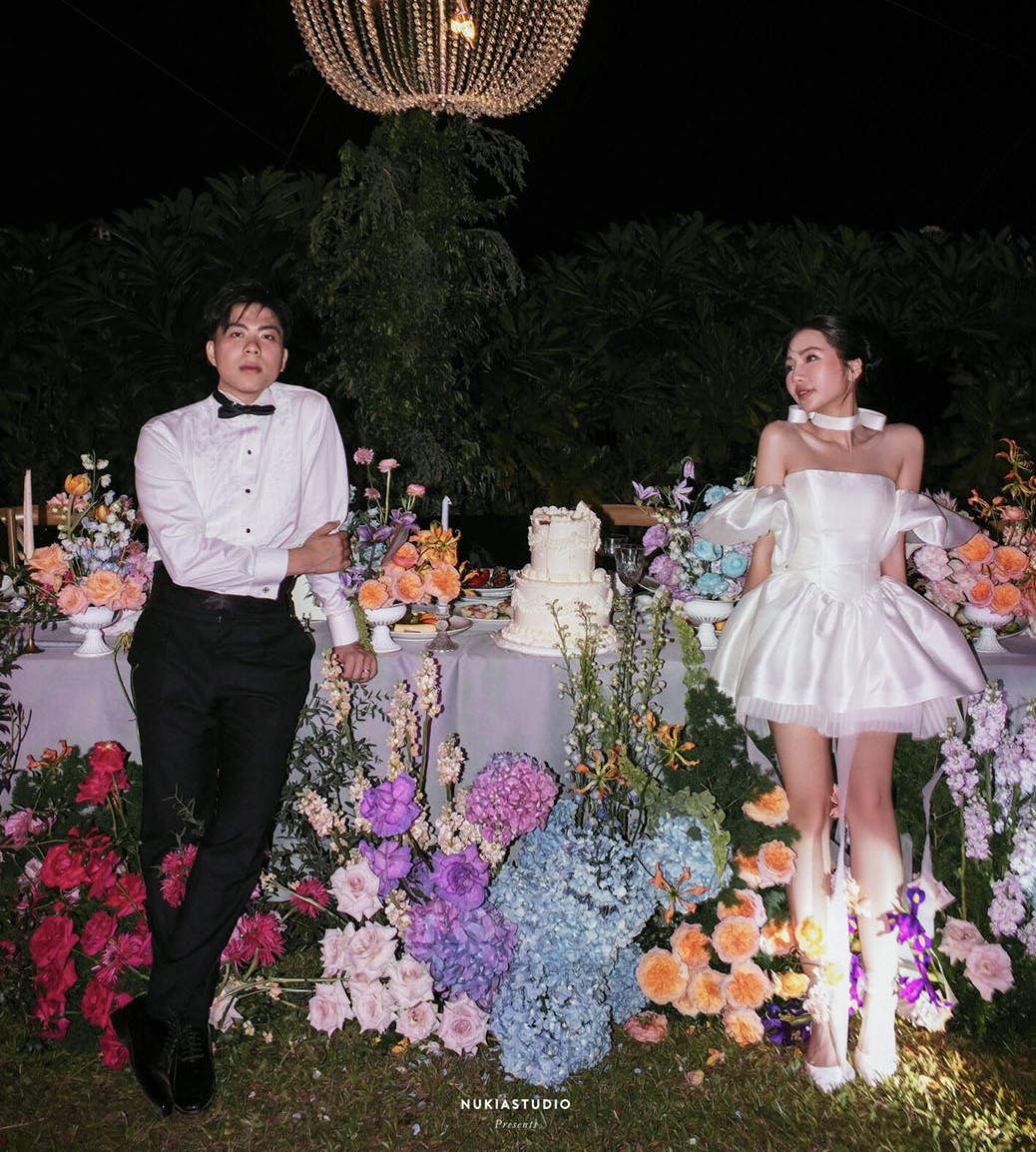Welcome To Hue
Destination Highlights
The Imperial City of Hue – A complex of royal Hue palaces
The Imperial City of Hue belongs to the Complex of Hue Monuments – honorably the first UNESCO-recognized Cultural Heritage Site in Vietnam (1993). It features stupendous structures of opulent palaces, intricate shrines, pavilions, and ornate gardens. Which once served as the Nguyen Dynasty’s base of power for 143 years (1802 – 1945). Construction of the astonishing site was started in 1803 by the first Nguyen emperor – Gia Long. And was finally completed under the reign of his descendant – Minh Mang Emperor. The landmark is one of the enormous constructions being done in the history of modern Vietnam. Also is an outstanding example of late feudal urban planning in East Asia. These sophisticated designs created magnificent landscapes and great solemnity for Hue Imperial City. That demonstrates the ultimate power of the last Vietnamese dynasty.
An Dinh Palace – An ancient Hue palace
Recognized by UNESCO as a World Cultural Heritage, An Dinh Palace (Cung An Định in Vietnamese) is one of the rare regal palaces that remains intact in Vietnam after the war. An Dinh Palace was initially built in 1917 and served as the summer palace of Khai Dinh Emperor. Later, his son, Bao Dai – the last emperor of Vietnam, renovated the palace in modern style. To make it become the primary abode after his abdication. Throughout a century of substantial damage and restoration, Hue’s An Dinh Palace had witnessed the ups and downs of the last Vietnamese royal families. Thus, it is appreciated for its architectural and historical values.
Listening to ca tru on the Huong (Perfume) River:
The poetic Perfume River is also the pride of Hue tourism. In the evening, when it is cool, you can buy a ticket to board a boat to see the ancient citadel at night and listen to the tunes that bring you back hundreds of years ago.
Dining
Hue cuisine has long been famous for its diversity and sophistication because locals in Hue believe that food is not only delicious but also beautiful. The dishes you must try when traveling to Hue are bun bo (beef noodles), banh hen (mussel rice), banh canh, various kinds of banh beo, nam, loc, banh ep, banh uot thit nuong, che… Hue food is cheap and delicious, you only need to carry a bag of 100,000 – 300,000 VND to be full for the day.
Mention to the type of drinks, you can try tao pho (tofu), sua dau nanh (soy sauce), che. Bot loc heo quay is a delicious dish if only eaten in Hue. The most famous store is che Mo Ton Dich in Thuong Bac park.
Accommodation
Hotels in Hue have affordable prices. You should book a room in the center, near the station for easy travel as well as visiting inner city tourist attractions and eating spots. Hue also has no shortage of 4-5 star hotels and luxury resorts. Famous brands include Banyan Tree Lang Co, Laguna Lang Co, Pilgrimage Village Pilgrimage Village, Lapochine Beach Resort,
Transportation
Airplane: Vietnam’s airlines all operate routes to Phu Bai airport (Hue). Flight time to Hue from Hanoi is about 1 hour 15 minutes, from Ho Chi Minh City is about 1 hour 30 minutes.
Train: From Hanoi, Ho Chi Minh City or other provinces, visitors can take the train to enjoy the scenery along the way. Trains have hard seats, soft seats, hard sleepers and soft sleepers, with or without air conditioning.
Bus: From Hanoi to Hue, you buy a bus ticket, which usually runs from 6pm the day before to 6am the next morning to Hue, so you just need to book a bed, sleep by night and you will arrive.
In Hue, to save costs and freely stop while moving, you should rent a motorbike at the accommodation. Besides, an interesting vehicle for discovering Hue that tourists should try is cyclo. Cyclo riders will become a tour guide, taking tourists to famous places in the city such as Truong Tien bridge, Dong Ba market…
Best time to visit Hue:
The best time to visit Hue is between January and April, with temperatures averaging between 20°C and 24°C. Rainfall is common but often comes in a light drizzle during the day. During this time of year, you can still comfortably explore Hue’s historical sites and temples on foot.
Annual festivities take place at this time of the year, such as Tet (between January and February) and the Hue Festival (April). Visitors can enjoy cultural shows, vibrant markets, traditional music performances, re-enactments of royal ceremonies, and seasonal regional dishes.
Suggested Tour Packages
Vietnam Essence -7 Days 6 Nights
Destinations: Ha Noi, Halong Bay, Hoi An, Hue
Duration: 7 days 6 nights
10 Days in Vietnam from North to South
Destinations: Ha Noi, Halong Bay, Ho Chi Minh City, Hoi An, Da Nang, Hue, Mekong Delta, Ninh Binh
Duration: 10 days 9 nights


